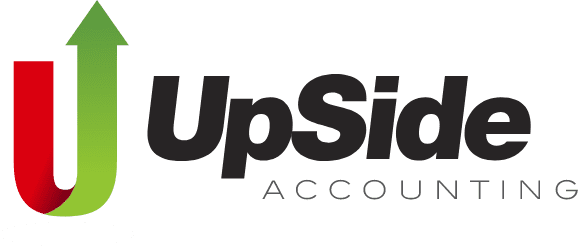So you’ve turned your side hustle into a full-time business.
The road to making your craft a profitable business has been bumpy, but you’re finally doing it full-time. Are you simply self-employed though or on your way to building a business? Learn the difference, and you’ll be that much closer to flourishing with financial independence as a business owner.
Have you heard of the book Rich Dad Poor Dad? The author, Robert Kiyosaki, says that the difference between business owners and self-employed people is that business owners earn from a system they created. In contrast, self-employed people earn from their own work. Examples of self-employed people include creative freelancers that get paid for what they do. In contrast, business owners create systems that allow people to help their companies expand without personally micromanaging everything.
Check out this video about the Cashflow Quadrant By Rich Dad; it’s only 1 minute and 50 seconds long. In it, Kiyosaki explains that everyone can be categorized according to how they get their money: Employee, Self-employed, Business owner, or Investor.
An Employee (E-quadrant) values security above all else and seeks safety. This type of person works within someone else’s system to earn money. The Self-employed person (S-quadrant) does not want their income to depend on other people. They essentially own their job, but it’s risky. The key to success in the S-quadrant is to know when to get out.
The Business owner (B-quadrant) has a system where other people do the work. They surround themself with smart people so that they can concentrate on new ideas. The Investor (I-quadrant), uses money to make money.
How do you get to the B-quadrant?
Have a clearly defined personal goal of where you want to go and how your business will support that. Do some deep thinking and write down your SMART goals:
Specific: What will be accomplished? What actions will you take?
Measurable: What data will measure the goal? (How much? How well?)
Achievable: Is the goal doable? Do you have the necessary skills and resources?
Relevant: How does the goal align with broader goals? Why is the result important?
Time-Bound: What is the time frame for accomplishing the goal?
You may be surprised at how big your business needs to be to support your personal goals. Make sure that each SMART goal is moving you from Kiyosaki’s self-employed quadrant to the business owner quadrant. Eventually, you want your business to be able to perform without you.
If you took a long vacation, will your business be fine and still making money without you? People who create solid business systems will find their business working without them, while the still self-employed will find their business crumbling without their constant attention.
Start building systems
Systems allow your business to run like a well-oiled machine while making it more streamlined, more productive, and more profitable. Take this opportunity to document the activities you do to run your business. This should include activities you do regularly as well as any single activity that you think you’ll repeat in the future. To help you add structure to your systems, categorize these activities in terms of your business functions. For example: Operations, Sales and Marketing, and Finance.
Operations: What do you do on the backend of your business? Examples include business planning, project management, and running meetings.
Sales and Marketing: What do you do to attract and convert customers or clients? Examples include content marketing, email marketing, and automated sales funnels.
Finance: What you do with your money? Examples include bookkeeping, filing taxes, and payroll.
Be sure to document your systems, including the processes, tools, people, and strategies, using organized, well-designed, and robust tools… If you don’t know where to start, we suggest documenting everything you do for your most time-consuming service, then on to the next. Use a tool like Scribe to get a headstart. Scribe can turn any process into a step-by-step guide, pretty much instantly. Meanwhile, record your time if you are not sure, here’s a blog by Zapier on the top 5 apps to help.
Invest your time and money
You’ll never get a better return than investing in yourself, but you have to be willing to get out of your comfy zone. According to Kiyosaki, when it comes to self-employment vs business ownership, business owners have it easier than self-employed people. This is because they don’t need to work as hard while often earning more than self-employed people. You have to work harder now, but it will pay off.
Start a ‘Systems’ bank account to help identify how much money you have to invest, and then decide how much time each day/week/month you can devote to building your future business. It’s a fine line, as you need to keep the business going and pay bills, but the more you spend ‘on’ your business, the faster it will transform. Stick to it, there will be ups and downs and you will probably encounter some negative people along the way.
Have a support team
Along the road to the B-quadrant, try your best to surround yourself with positive, supportive people. Share your big goal and your micro goals along the way, and tell them what you are working on. It’s a great form of accountability. Pull in experts once you have a rough draft or plan for certain areas of your business. You are the expert in Operations, but may need additional help in any of the other areas including finance, legal, human resources, marketing, and sales. Business owners know they can’t do everything and don’t even try to.
Creating business systems, with trusted advisors along the way, will allow your business to run as streamlined, efficient, and effective as possible. It might take some time to get your systems up and running the way you want, but the rewards of doing it will be well worth it in the long run.

